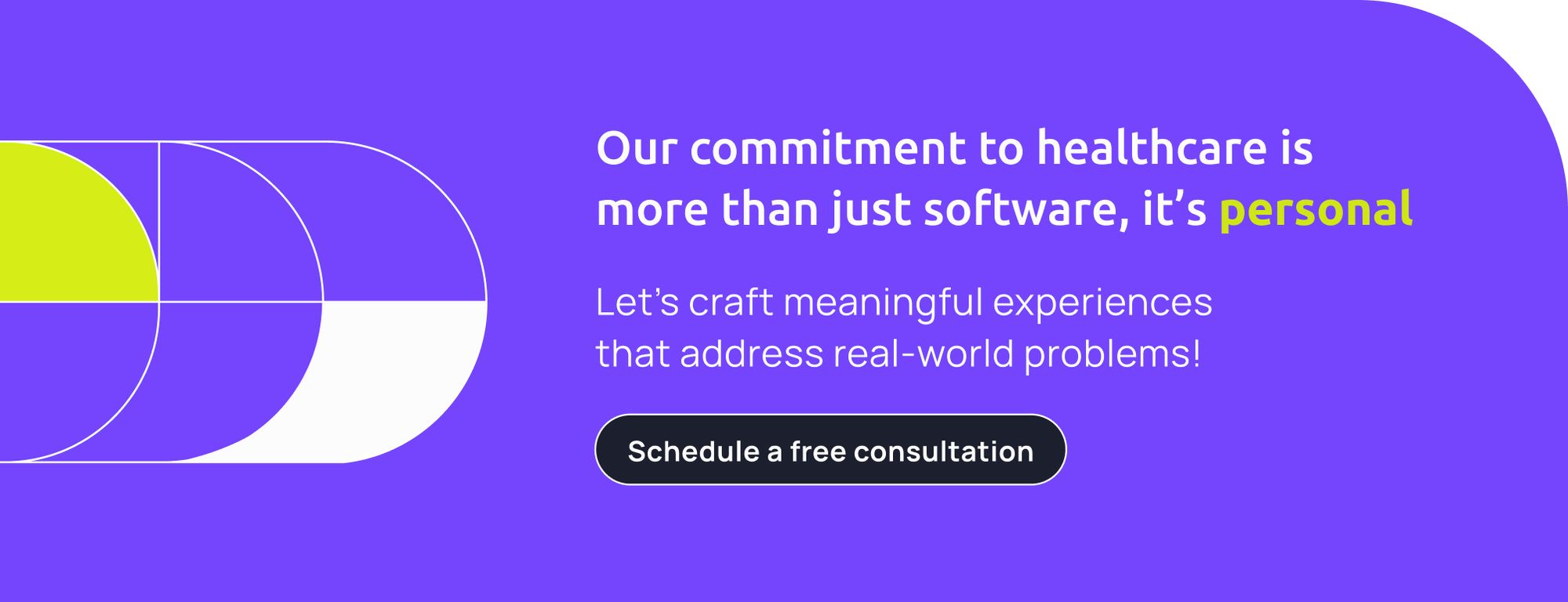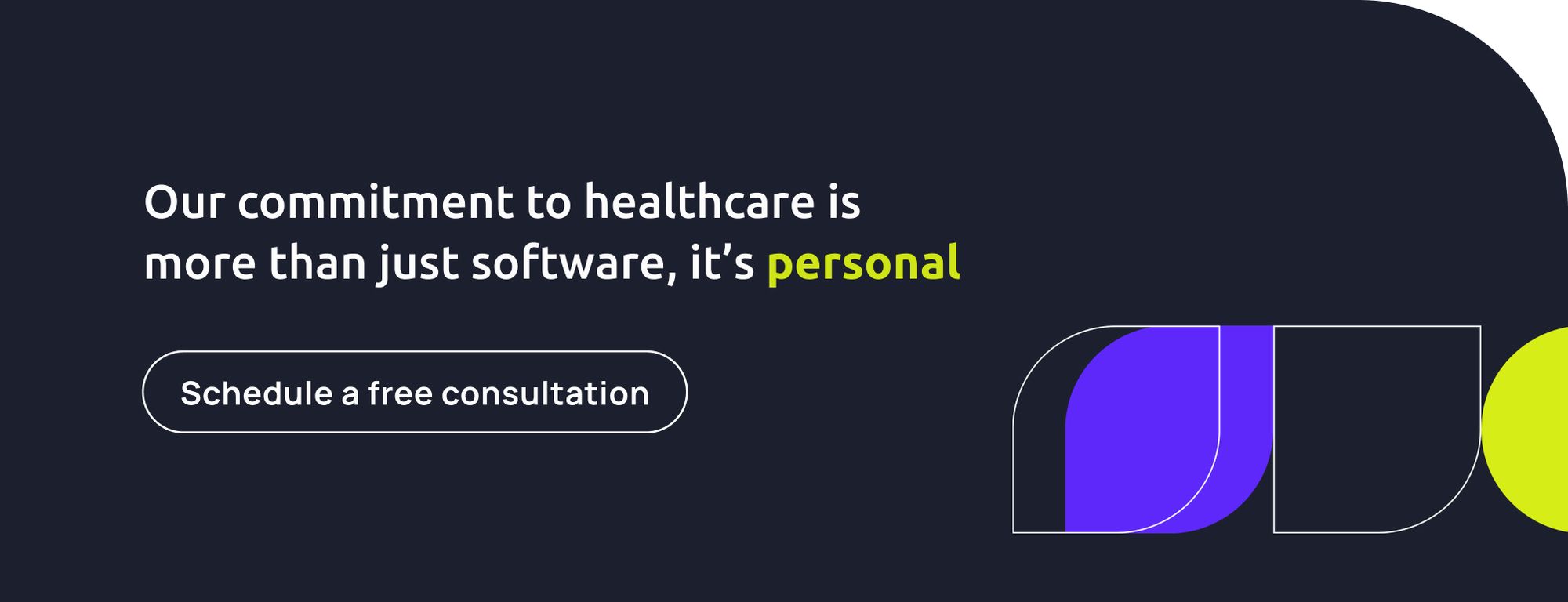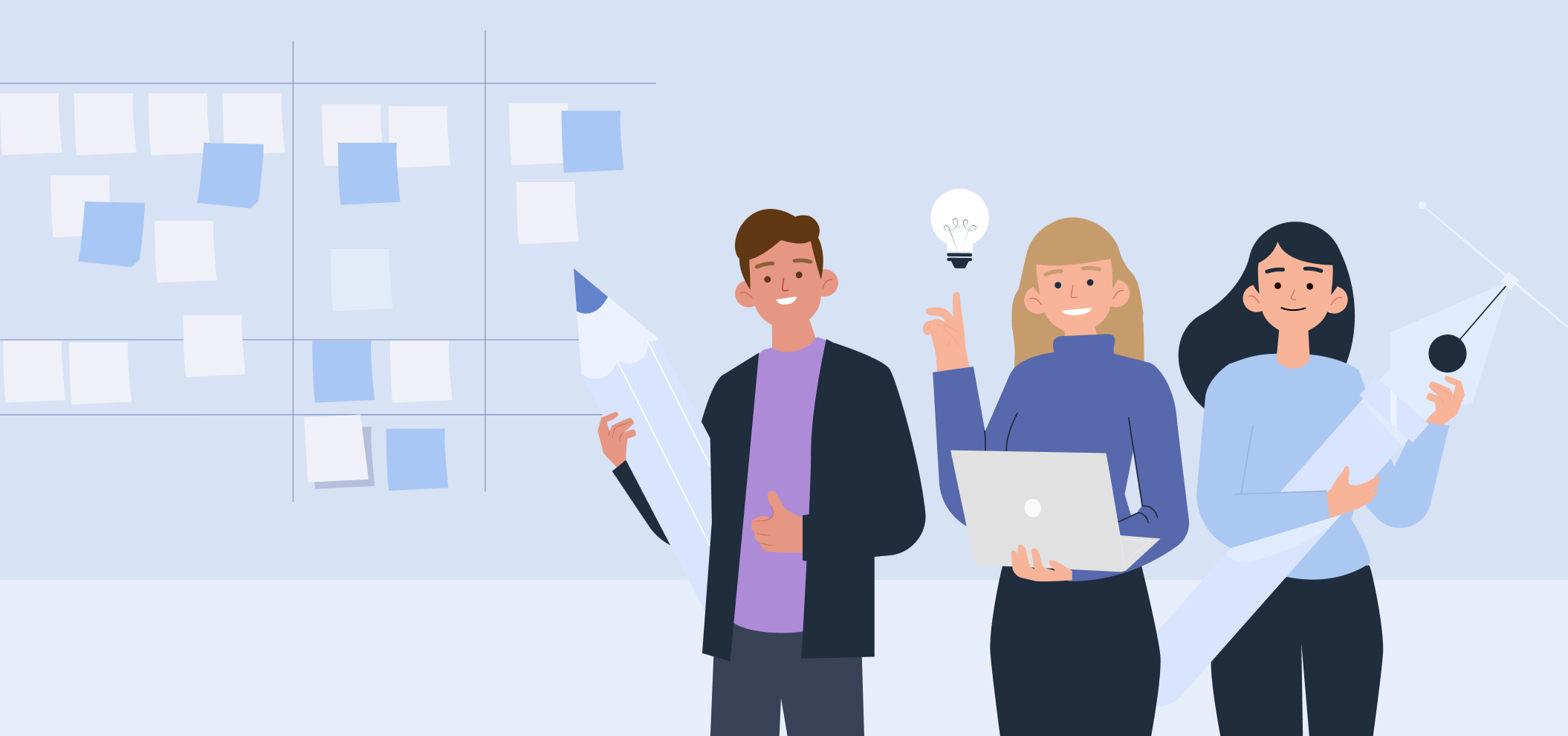"The design thinking ideology asserts that a hands-on, user-centric approach to problem-solving can lead to innovation, and innovation can lead to differentiation and competitive advantage (Gibbons, 2016). "– Nielsen Norman Group.
So, what is Design Thinking in simple words?
Design Thinking is a generic framework that allows you to solve problems in an innovative, creative, and human-centric approach. According to Nielsen Norman Group, there are 3 phases (understand, explore and materialize) and six sub-phases (empathize, define, ideate, prototype, test, and implement). Let's dig into each one.

Design thinking phases
Understand
- Empathize
To solve a problem, it's essential to start by deeply understanding the user's persona around it. Here, you'll have to analyze its needs and wants and consider its behaviors, barriers, attitudes, preferences, etc. To visualize it better, all of this information can be then portrayed in an empathy map:
If the problem concerns more than one user, define your targeted audience and do a stakeholder's mapping to understand the relationship between each other and their level of power vs. interest in the problem. Also, you can do a customer journey mapping or "A day in the life of" exercise.
All of these will give you valuable insights into the target you are focusing will to start shaping better the main issues around the problem, as well as identifying necessities and possible opportunities to solve it.
2. Define
Once you've gathered the information from the previous stage, you'll follow to define the problem you want to solve. How? Once you identify your target user and empathize with it, try to break down the main issues, struggles, needs, or wants they have, point out the assumptions you might be making around it, and synthesize those insights into the main problem you want to solve.
Asking ourselves, "How might we…" helps suggest different alternatives to solve the main problem, and then clustering those ideas by topic, patterns, relevance, etc., helps to visualize it better. You can follow to create an impact and feasibility matrix or summarize these in a PON statement: Problem, Opportunity, Necessity.
It's essential to consider the barriers and opportunities you identified in this stage as they may condition the results significantly. Then, to validate your ideas and get qualitative and specific information about their emotions, motivations, thoughts, needs, etc., you could conduct interviews and surveys to obtain quantitative data. Also, observations or online research will complement these and give you much more accurate and valuable insight.
Organize those insights, define which of those unmet needs you could focus on, and state what the results you want to get are.
Explore
1. Ideate
It's all about creativity here. Brainstorm how you could solve the problem with your team, suggest crazy ideas, and explore different possibilities. There are no restrictions here; there is no good or wrong answer. Just focus on having innovative thoughts, sketch them, mix them and remix them. Usually, when building up ideas, they scale into an awesome solution.
The impact and feasibility matrix is a good tool to reconsider at this stage, where you can cluster those crazy ideas and organize them better.
2. Prototype
Here it's time to turn those ideas into actions. When you've defined the best possible solution, you can start building a real, tactile representation of your vision. It doesn't have to be perfect; the goal here is to define the main components, explore alternatives and get a first version to see how consumers react to it later. Focus on getting a good MVP from which you can scale up later, and always remember that with that MVP, you want to solve one problem at a time, don't stress out if you are not meeting all the needs identified.
Materialize
- Test
You can implement that prototype and analyze how users interact with it. Is your solution to improve their situation? Does it meet their needs or expectations? What is missing? This constant feedback is crucial for verifying if you have reached your goal or need to improve your solution and make a more substantial impact on consumers' lives.
Design Thinking is not a linear process but an iterative process. In each phase, you might need to go back and rethink your solution. Maybe while testing, you realize there is a better version of the prototype you want to make or that the definition of the problem could be even more accurate considering other factors, etc. These changes and improvements made at previous steps can lead to new insights that add more value to your consumer's life.
2. Implement
Finally, you are in the stage where you materialize the final version of your solution. At this point, you have a solid product, and you can put it into action to transform users' lives.

Key aspects in any design thinking process
- Iteration (Don't be afraid to change)
- Scalability (Think Bigger)
- Flexibility (Adapting to Fit the Needs)
- Open Minded (Consider the Bigger Picture)
Design thinking examples
The concepts and phases of the framework seem pretty straightforward but do design thinking really work? Here are some examples of how different companies used Design Thinking to boost their businesses and create more value for their customers.
1. Oral-b
They wanted to update their electric toothbrush by adding more functionalities, such as tracking the frequency of use, detecting sensitive gums, etc. But that wasn't what the user needed. They empathized with the users, iterated using the Design Thinking framework, and realized they could improve the customer's experience with no extra functionality. For example, they made charging easier and more long-lasting, connecting them to their phones to send notifications and reminders, etc. This was a huge success.
2. Netflix
Netflix was able to empathize with the consumers, understand and correctly define a huge barrier that frustrated DVD consumers. They didn't want to be charged extra when they didn't return the movie on time, nor had to assist the brick-and-mortar shops physically, and having to decide among so many options at the store ended up frustrating some consumers. Netflix was able to take advantage of these opportunities and break down those barriers by launching its streaming, on-demand service with subscriptions with a great algorithm that suggests the best movies to see based on your historical search results and preferences. They tested each product before launching and added all feedback and features to make it a massive success in the market.
3. Airbnb
They focused on a human-centered approach when resolving problems; a clear example is in 2009, when the business was having trouble and barely reached 200 dollars per week. They began studying in depth the case, and by empathizing with the users, they noticed the problem was in the photos. Owners didn't take the best quality photos and were not showing all the houses, which didn't persuade users to purchase. So, they invested in excellent quality cameras and went to those houses to update the photos on the platform. The result: the number is duplicated weekly. They prioritized putting themselves in the shoes of their users above the convenience and traditional practices that aimed only at commercial goals. They knew the idea wasn't too scalable. Still, they learned the importance of design thinking for decision-making and daily practices to the extent that nowadays, everyone that enters the company is asked to make a one-week trip and document everything so they can see with their own eyes the real problems their users are experiencing in their lives.
4. Uber
Uber is another excellent example of the Design Thinking model. For instance, they intensely studied their users, empathized with them, and noticed simple things, creating a totally different user experience. For example, they saw that nowadays, not everybody carries with them cash, so they offered cashless options. Also, they realized that rating Uber made customers rely more on the service, which motivated them to use it more often, and promoted good behavior in drivers improving the whole experience.

